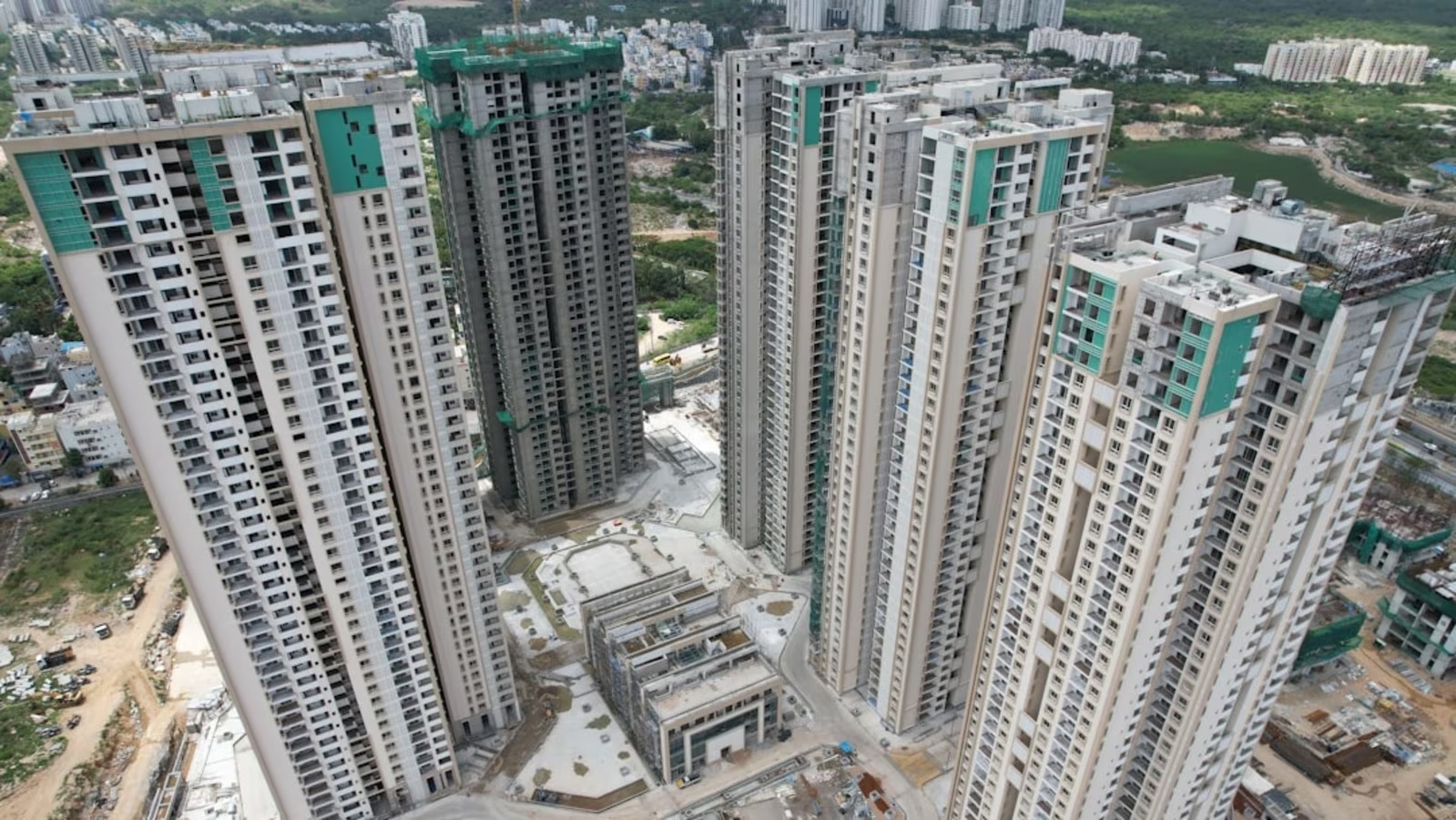Hyderabad Sees 43.4% Surge in New Property Listings in Q4 2024
Hyderabad has emerged as a frontrunner in the real estate sector, accounting for a significant 43.4% of new property listings during the October to December 2024 period, according to a recent report by real estate classifieds platform Magicbricks. This surge in new listings reflects the city’s burgeoning real estate market, which continues to attract developers and investors alike. As the city sees a rise in both residential and commercial developments, it positions itself as one of the most dynamic urban centres in India. This increase in property listings highlights Hyderabad’s growing appeal, not only as a hub for technology and business but also as a magnet for real estate development.
The overall distribution of property listings across 13 major Indian cities during the same period shows a near equal share between new properties and resale units. While Hyderabad’s 43.4% share in new listings stands out, other cities like Bengaluru and Chennai have seen slightly higher figures. Bengaluru, for instance, had 58.9% of new properties listed during the quarter, while Chennai recorded 59.4%. Meanwhile, cities like Gurugram have seen an even more substantial rise in new listings, with 63.1% of properties being newly built. This trend suggests that cities with high demand for residential and commercial spaces are witnessing a shift towards new inventory, which may indicate an improvement in infrastructure and urban planning.
Looking at a broader comparison of cities, the national capital region (NCR) and its constituent areas such as Noida and Greater Noida show mixed results. While NCR continues to be one of the largest real estate markets in India, only 29.3% of properties listed in the region were new, with Noida recording slightly higher new property listings at 34.7%. In contrast, Greater Noida had a notable 52% of new listings. These figures suggest that some areas in NCR may be lagging in terms of new property supply, possibly due to slower urban development, land acquisition challenges, and regulatory hurdles.
From a sustainability and civic perspective, the rise in new property listings signals both opportunity and challenge. On the one hand, it demonstrates the growth of urbanisation and economic development, with modern homes and commercial spaces contributing to a city’s aesthetic and infrastructure. On the other hand, rapid urbanisation can lead to increased pressure on existing civic amenities like water supply, waste management, and public transportation. Cities like Hyderabad, with their growing property listings, will need to adopt sustainable development practices to ensure that urban expansion does not outstrip the capacity of local resources and services. Developers and local authorities must prioritise eco-friendly buildings, green spaces, and efficient transportation systems to make this growth sustainable in the long run. This could include promoting energy-efficient construction, using sustainable materials, and ensuring that the city’s infrastructure can accommodate the growing population.
In conclusion, Hyderabad’s prominent role in the 2024 real estate market, with its substantial share of new property listings, is indicative of a larger trend towards urban growth in major Indian cities. However, as cities expand, they must strike a balance between economic development and environmental responsibility. Sustainable urban growth will be key in ensuring that these cities remain livable, resilient, and environmentally conscious as they continue to attract residents and businesses.




